The Stone Breakers
Gustave Courbet (1849)
Depicts two laborers breaking stones, highlighting rural poverty.
By MIchael Molony
Click on any artwork to view it in full screen
Realism is an artistic and literary movement that seeks to represent subjects truthfully, without artificiality, idealization, or supernatural elements, focusing on everyday life and ordinary people.
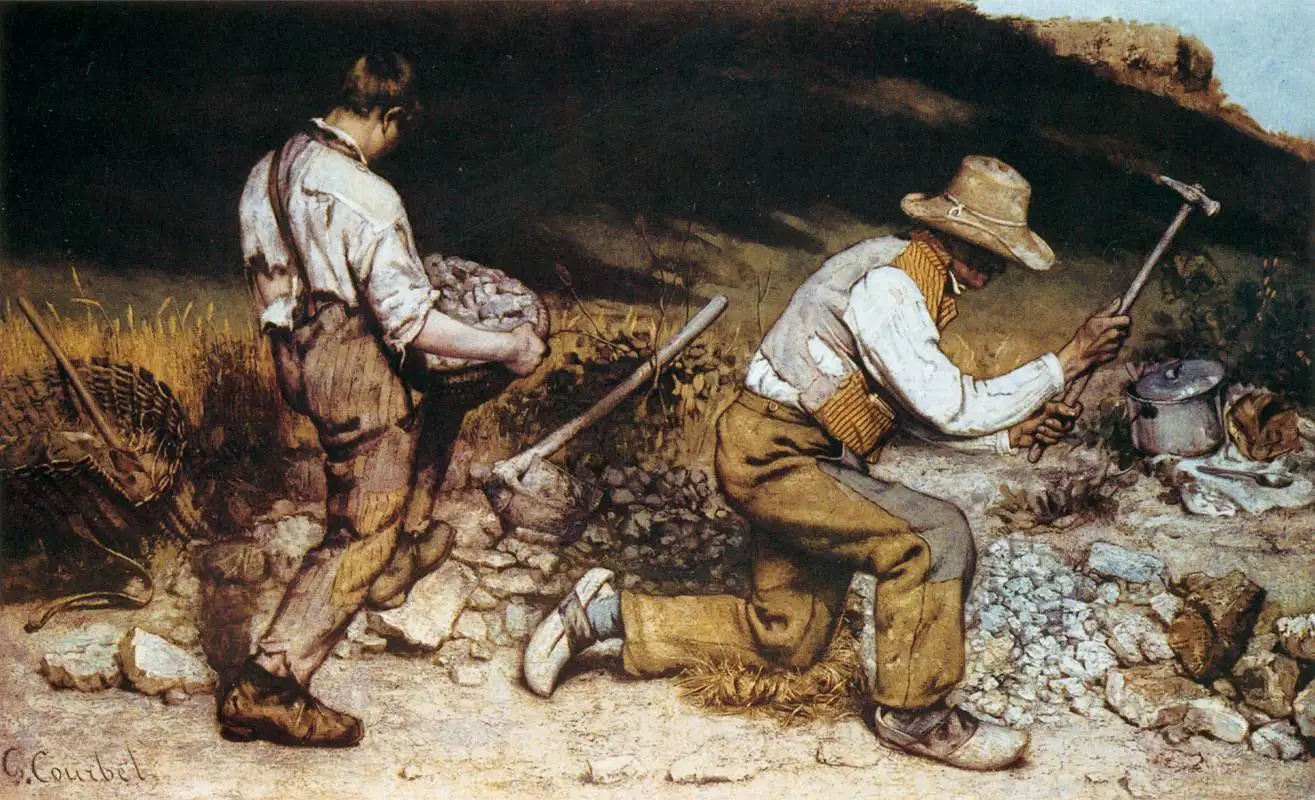
Gustave Courbet (1849)
Depicts two laborers breaking stones, highlighting rural poverty.
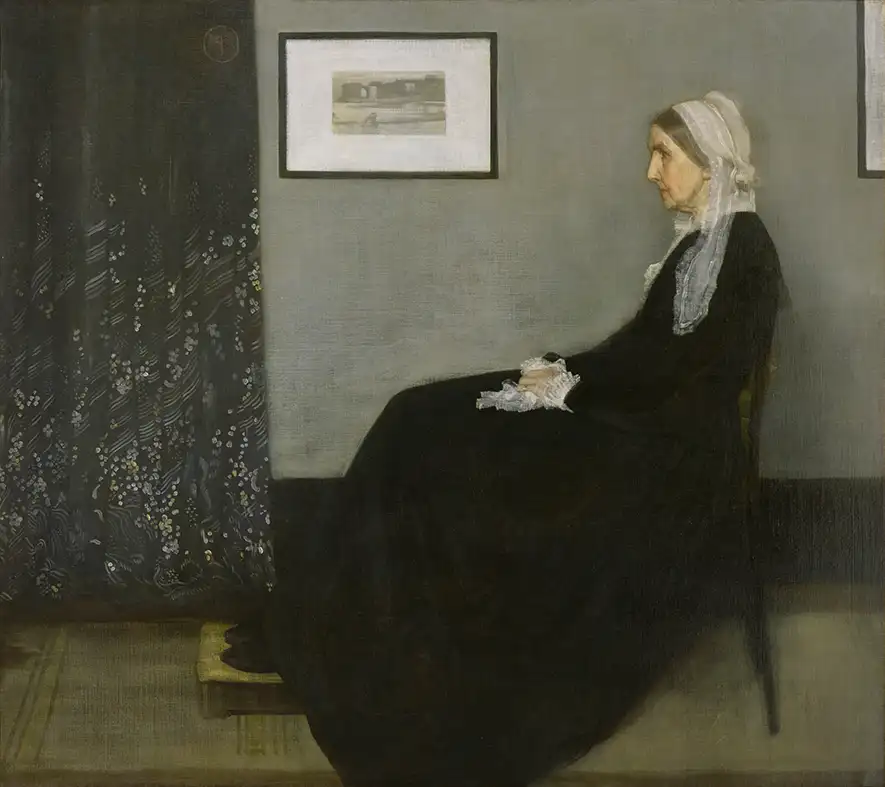
James McNeill Whistler (1871)
Serene portrait emphasizing simplicity and quiet dignity.
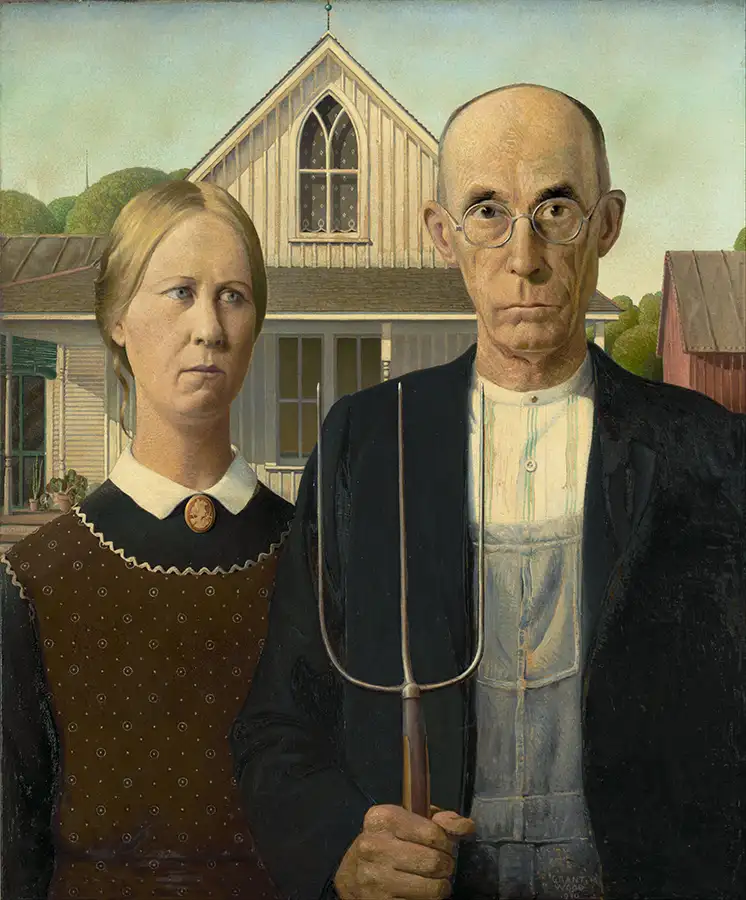
Grant Wood (1930)
Stern farmer and daughter symbolizing Depression-era resilience.
Impressionism is an art movement characterized by its focus on capturing light, atmosphere, and fleeting moments through loose brushwork and vibrant colors.
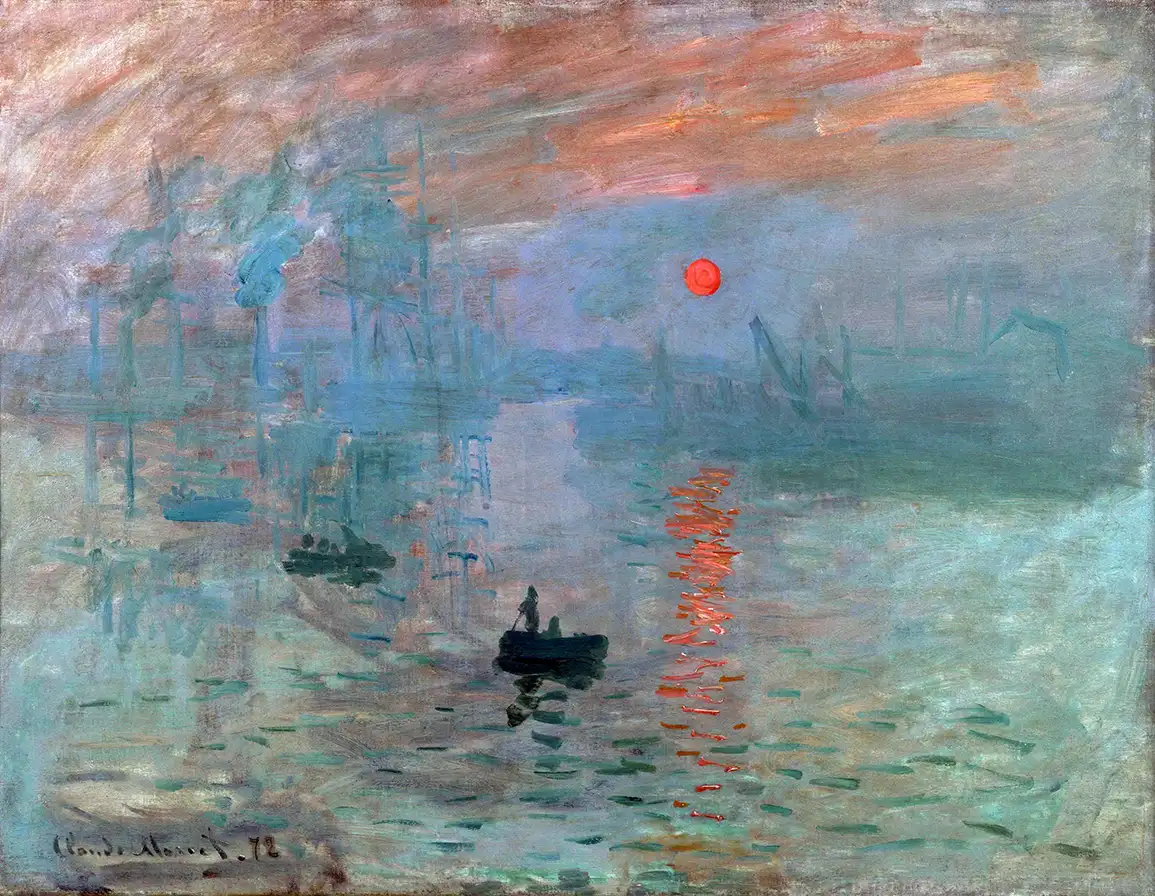
Claude Monet (1872)
Hazy harbor scene that named the Impressionist movement.
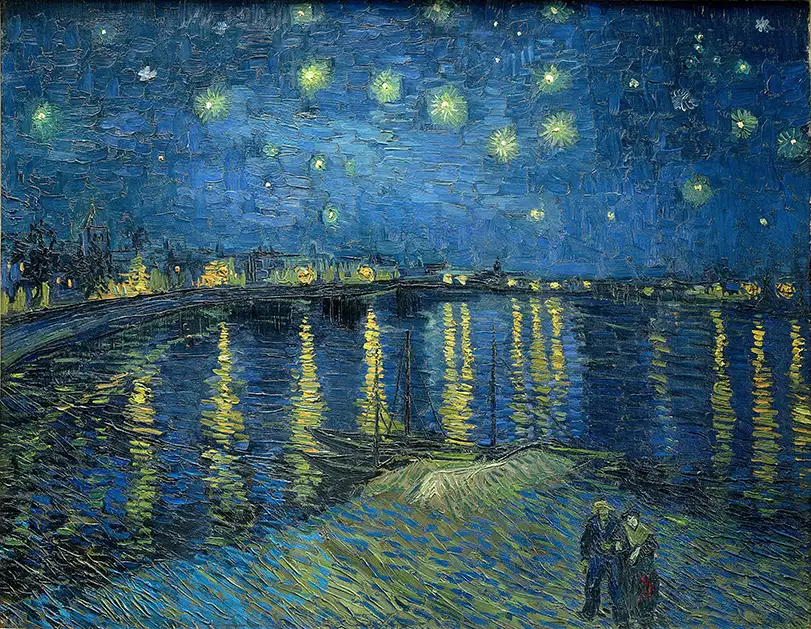
Vincent van Gogh (1888)
Vibrant night sky reflecting on water with emotive color.
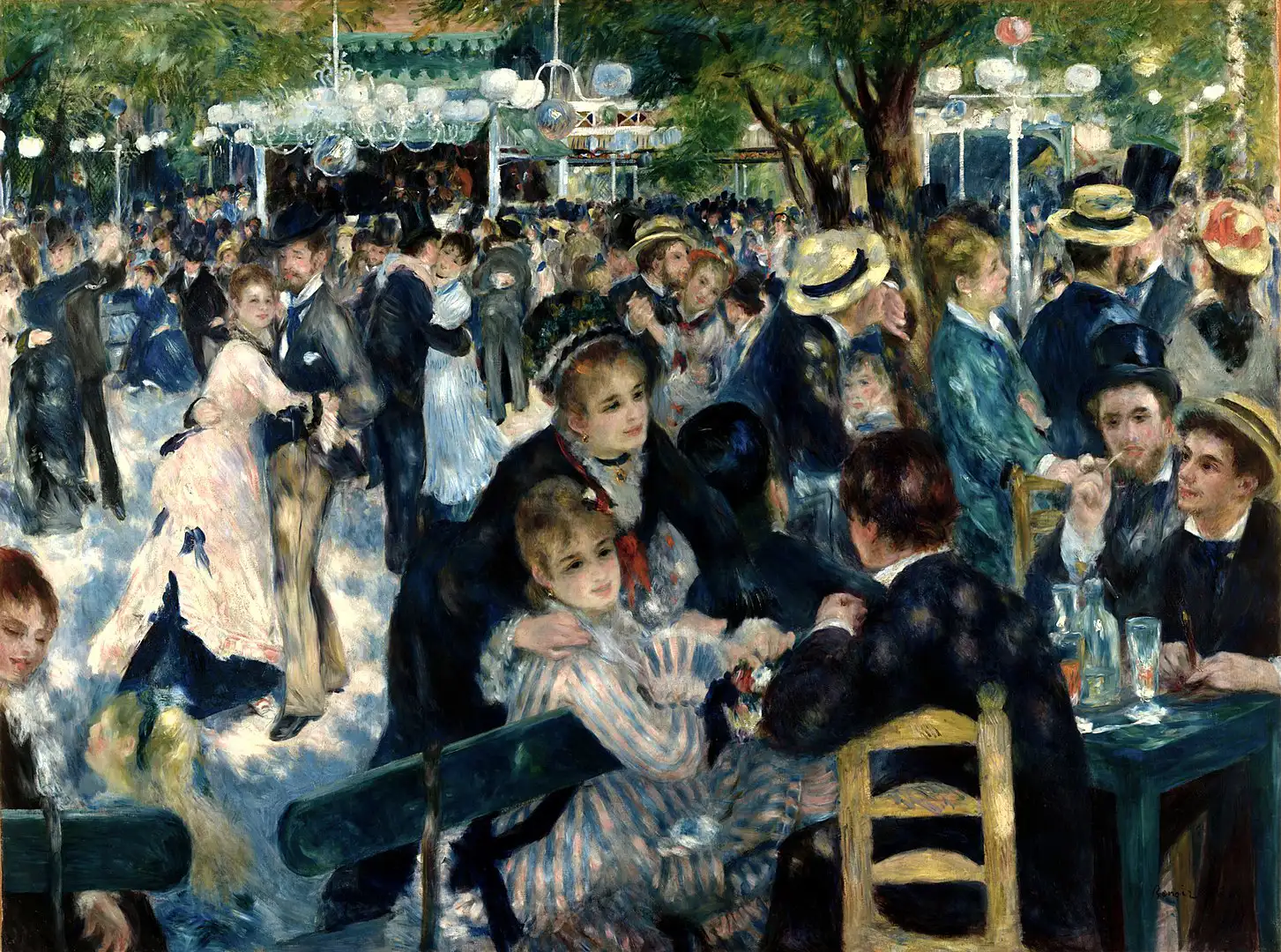
Pierre-Auguste Renoir (1876)
Lively Parisian café scene celebrating joy and movement.
Abstract art is a style of visual expression that uses shapes, colors, forms, and gestural marks to create compositions independent of recognizable visual references from the world.
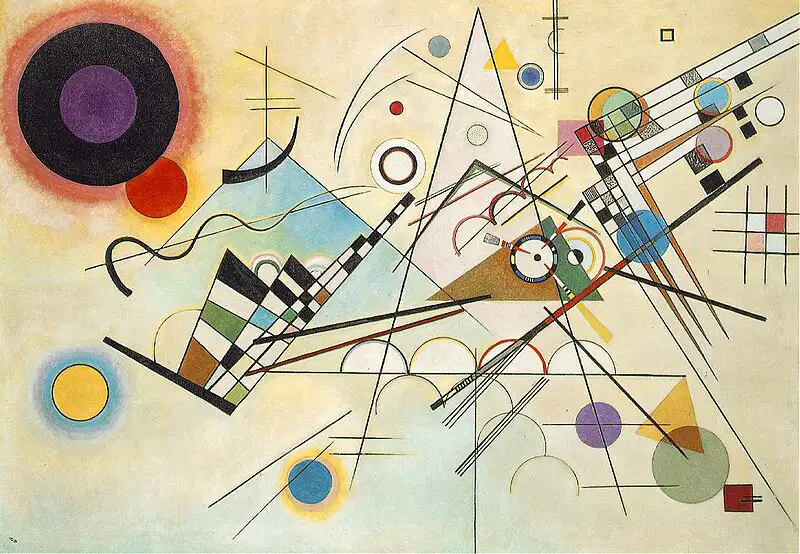
Wassily Kandinsky (1923)
Geometric shapes evoke music and emotion.
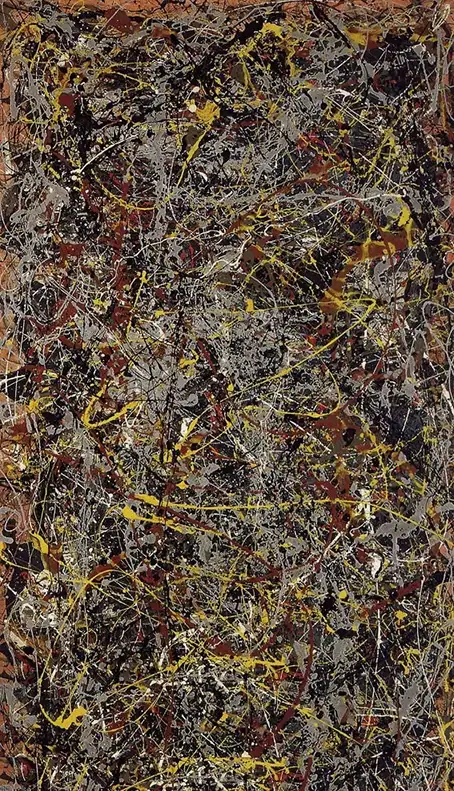
Jackson Pollock (1948)
Explosive drip-painting embodying energy and spontaneity.
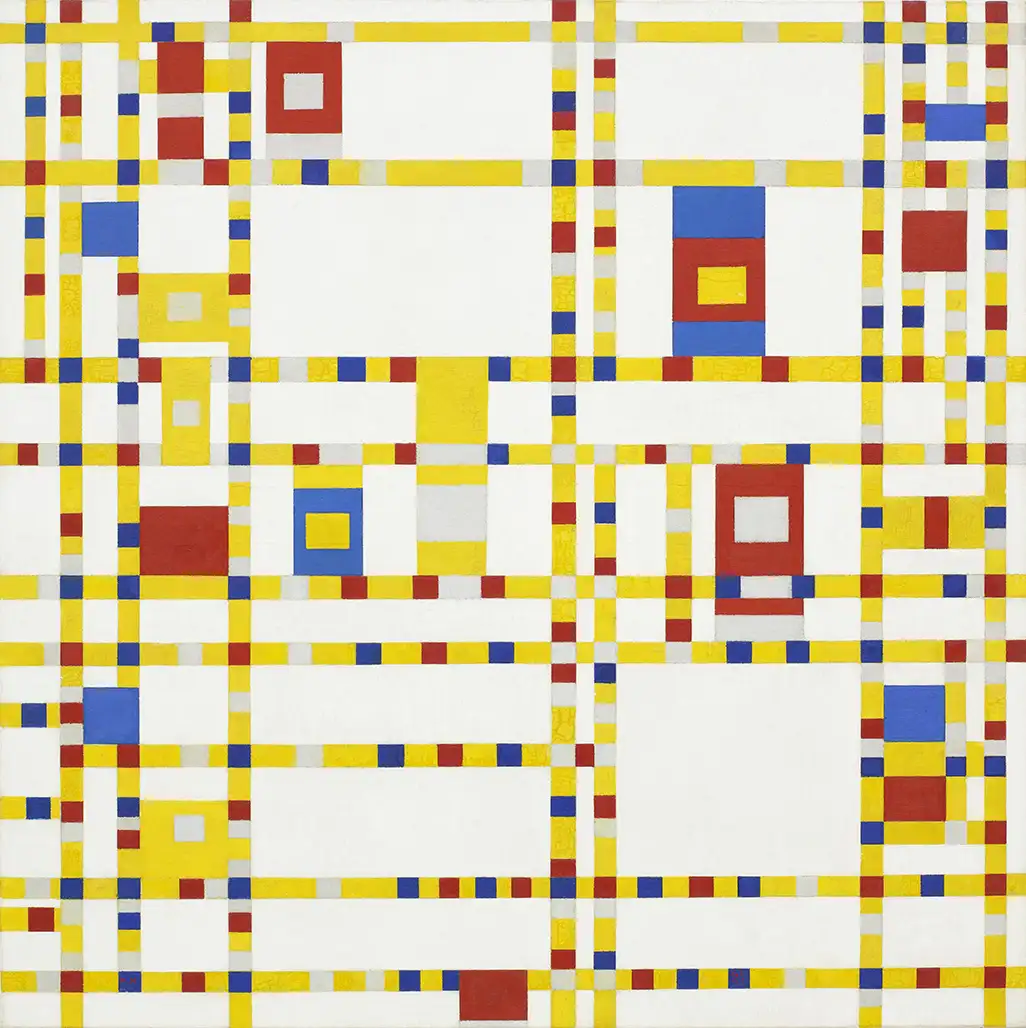
Piet Mondrian (1942)
Grid of colored squares mirroring NYC’s rhythm and jazz.
Cubism is an early 20th-century avant-garde art movement pioneered by Pablo Picasso and Georges Braque, characterized by fragmented, geometric forms and multiple perspectives to depict subjects in a more abstract and multidimensional way.
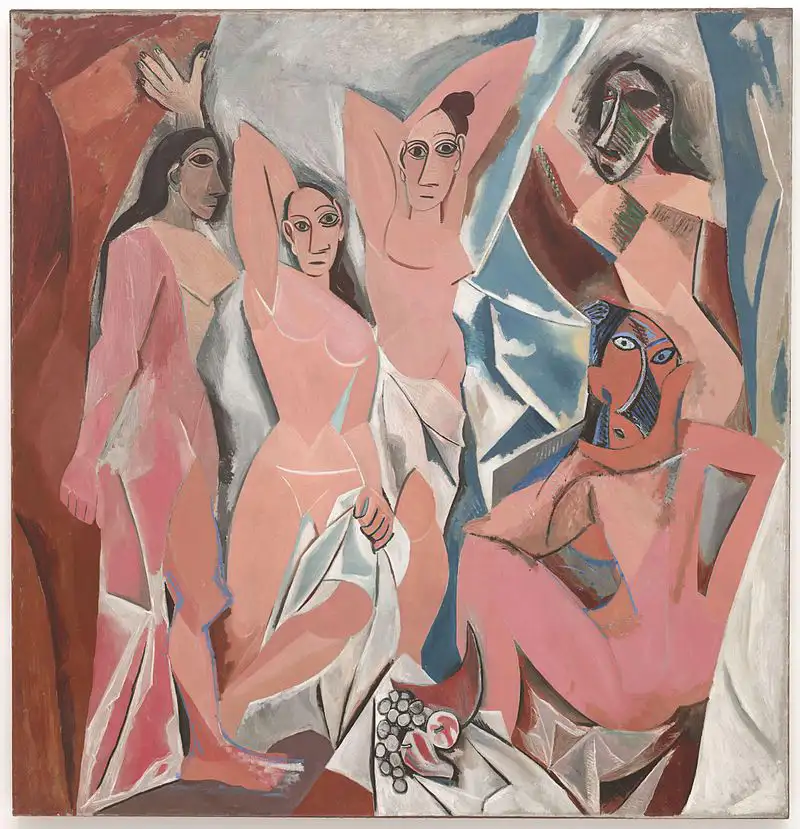
Pablo Picasso (1907)
Angular, fragmented nudes pioneering Cubism.
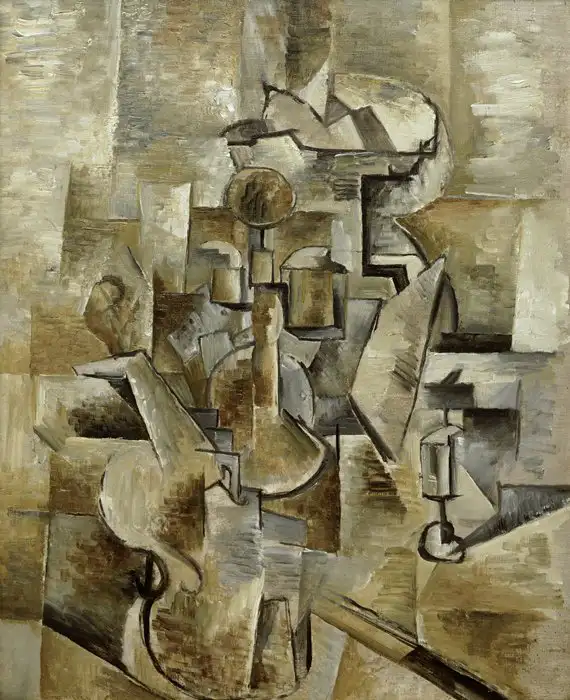
Georges Braque (1910)
Deconstructed still life in Analytic Cubism style.
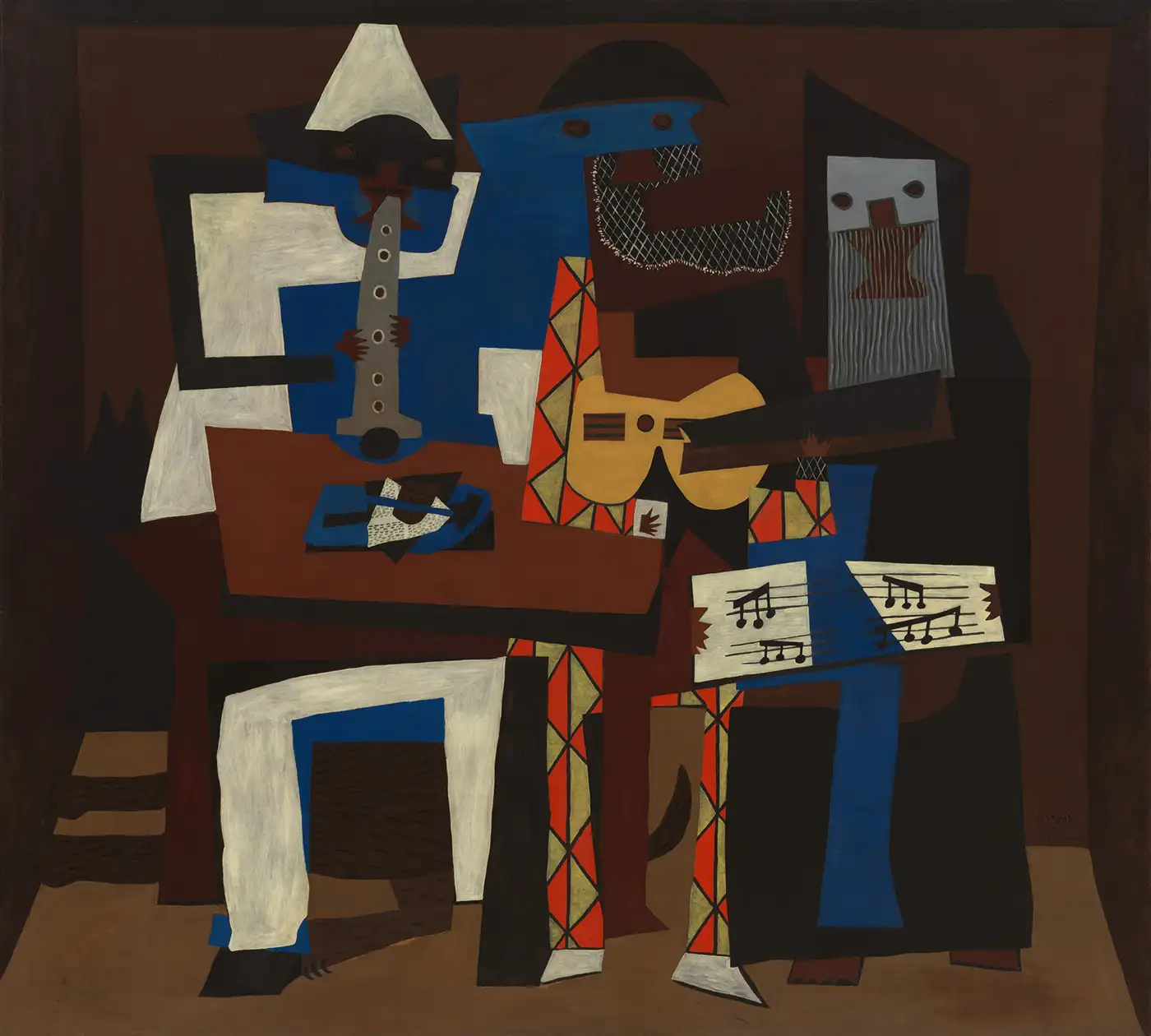
Pablo Picasso (1921)
Colorful layered figures reflecting Synthetic Cubism.
Surrealism is an artistic and literary movement that seeks to unleash the creative potential of the unconscious mind, often through dreamlike, fantastical imagery and illogical juxtapositions.
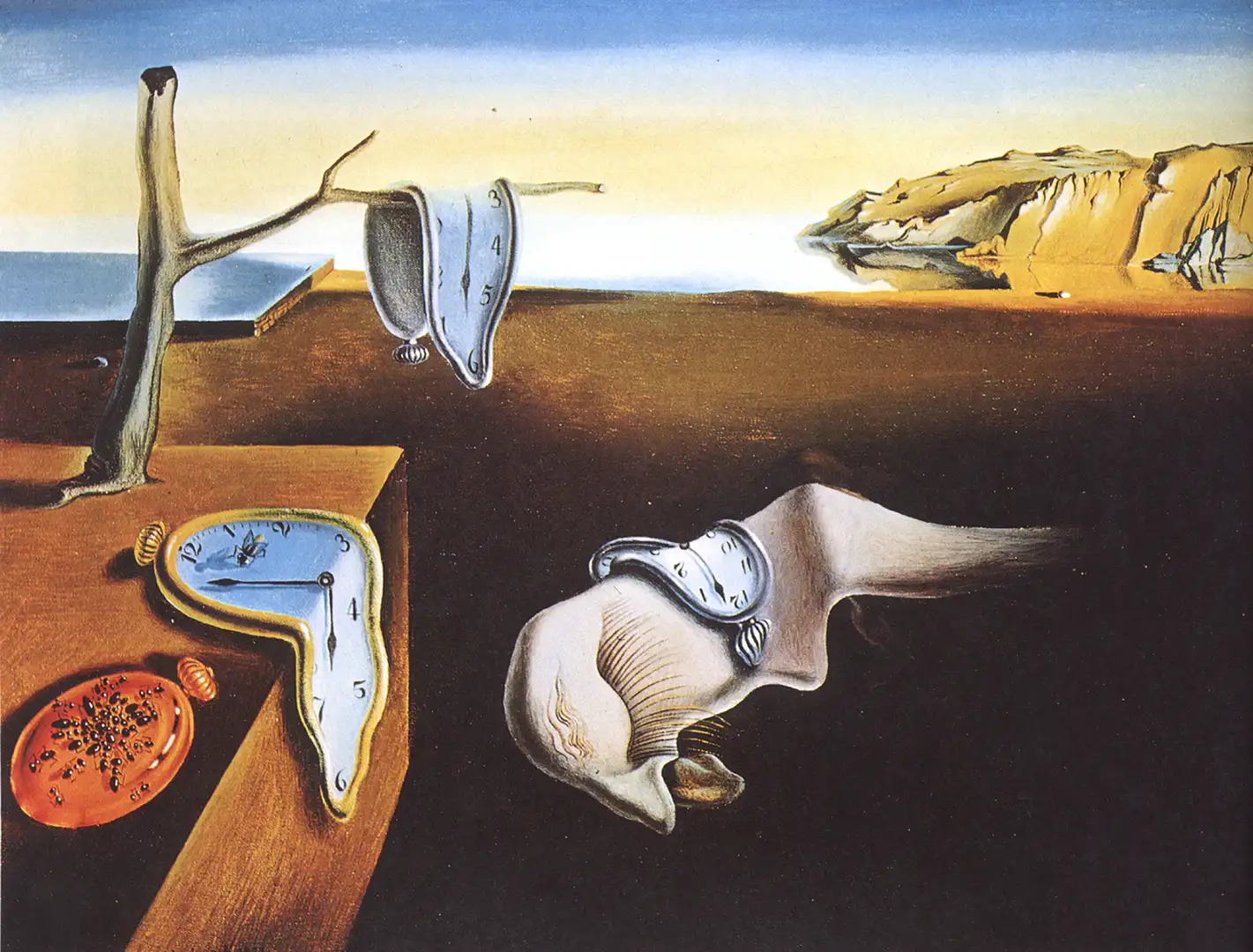
Salvador Dalí (1931)
Melting clocks in a dreamscape challenging time’s rigidity.
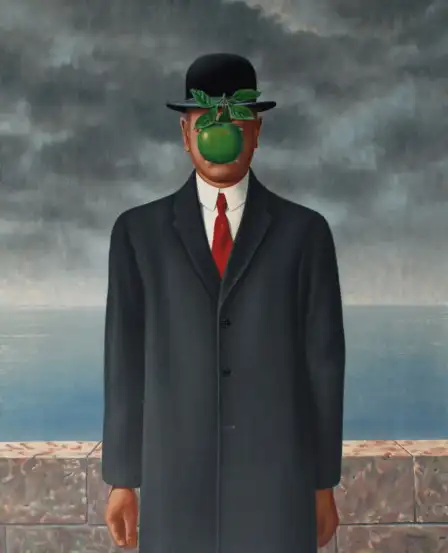
René Magritte (1964)
Suited man with face obscured by an apple.
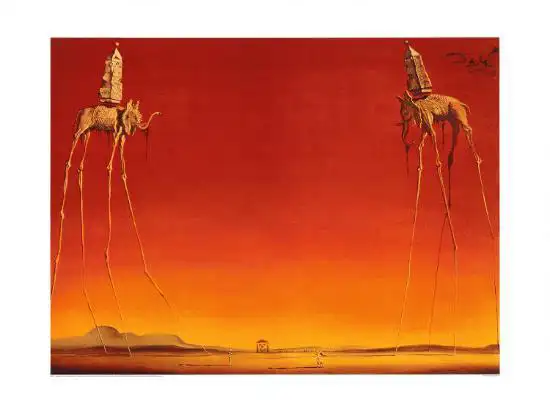
Salvador Dalí (1948)
Spindly-legged elephants merging weight and fragility.
Expressionism is an artistic movement that emphasizes the depiction of subjective emotions and inner experiences over objective reality, often through distorted, exaggerated, and vivid representations.
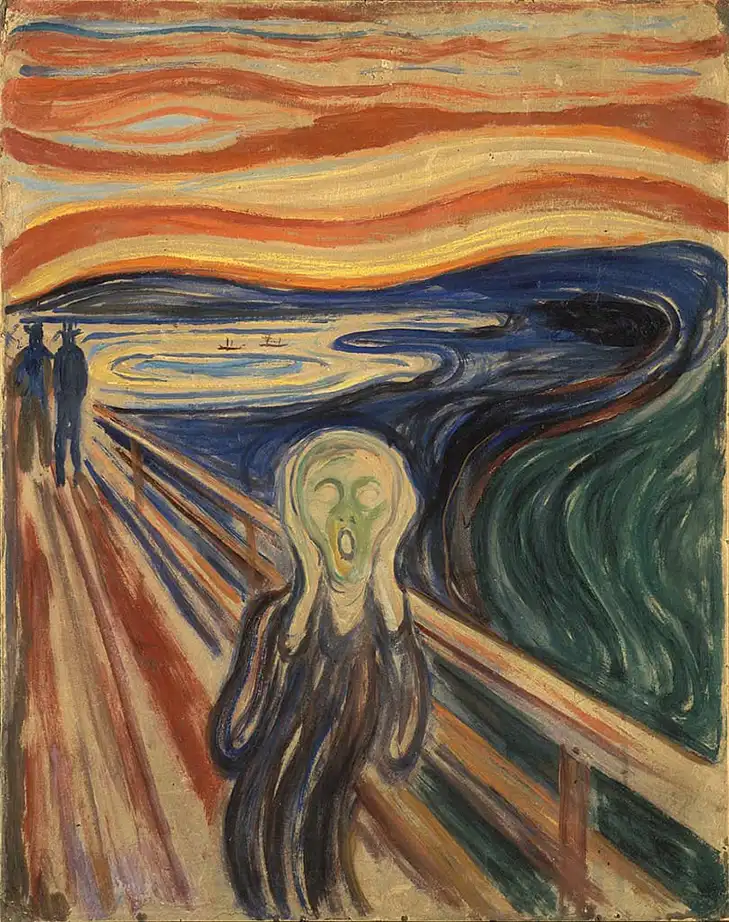
Edvard Munch (1893)
Agonized figure symbolizing existential anxiety.
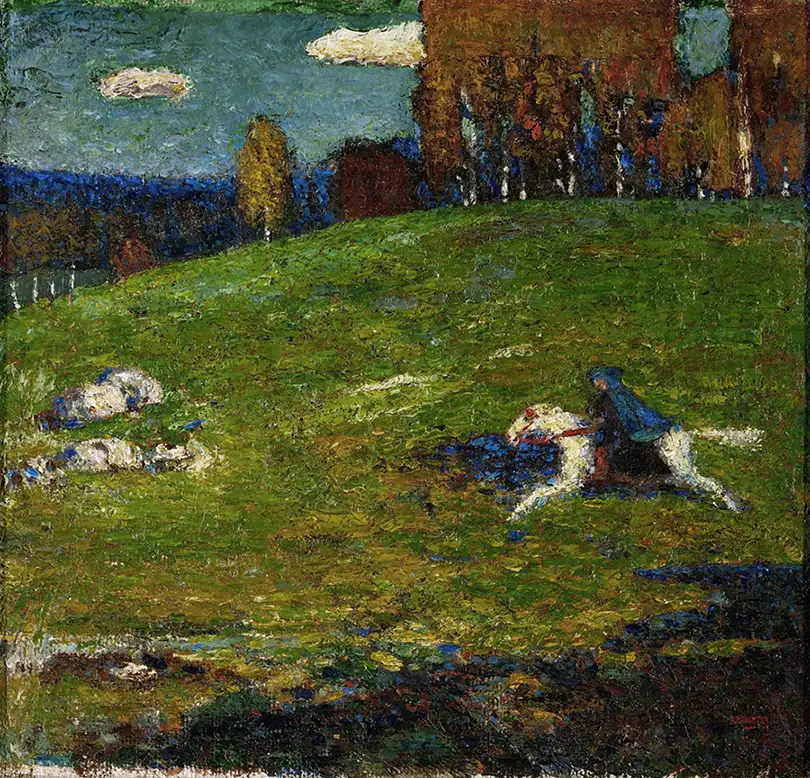
Wassily Kandinsky (1903)
Abstracted horseback rider seeking spiritual harmony.
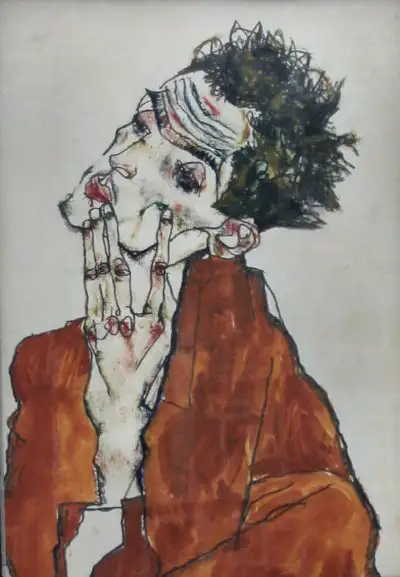
Egon Schiele (1912)
Distorted self-portrait radiating intensity.
Minimalism art is characterized by its use of simple geometric forms, clean lines, and a focus on the essence of the artwork, often stripping away any unnecessary elements to emphasize purity and clarity.
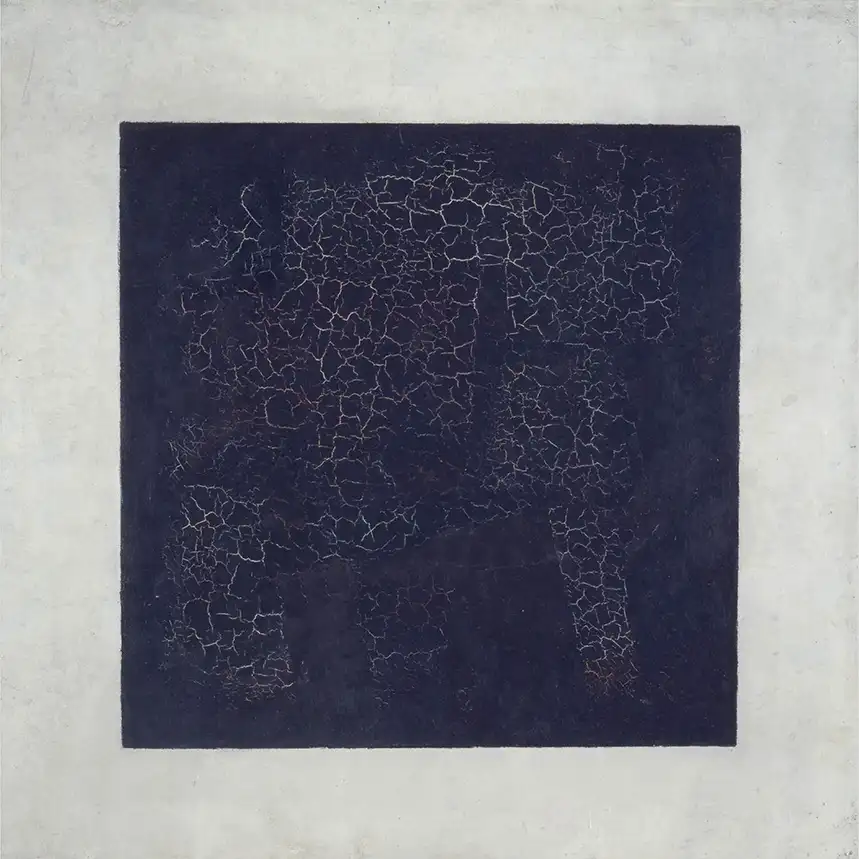
Kazimir Malevich (1915)
Stark black square rejecting representation.
.webp)
Robert Morris (1965)
Reflective cubes interrogating space and perception.
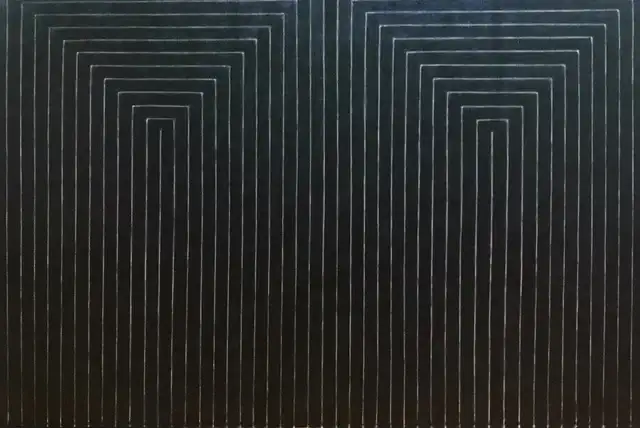
Frank Stella (1959)
Concentric black stripes embracing industrial aesthetics.
Pop art is a vibrant and influential art movement that emerged in the 1950s, characterized by its incorporation of imagery from popular culture, mass media, and consumerism, often employing bold colors, irony, and a sense of playful critique.
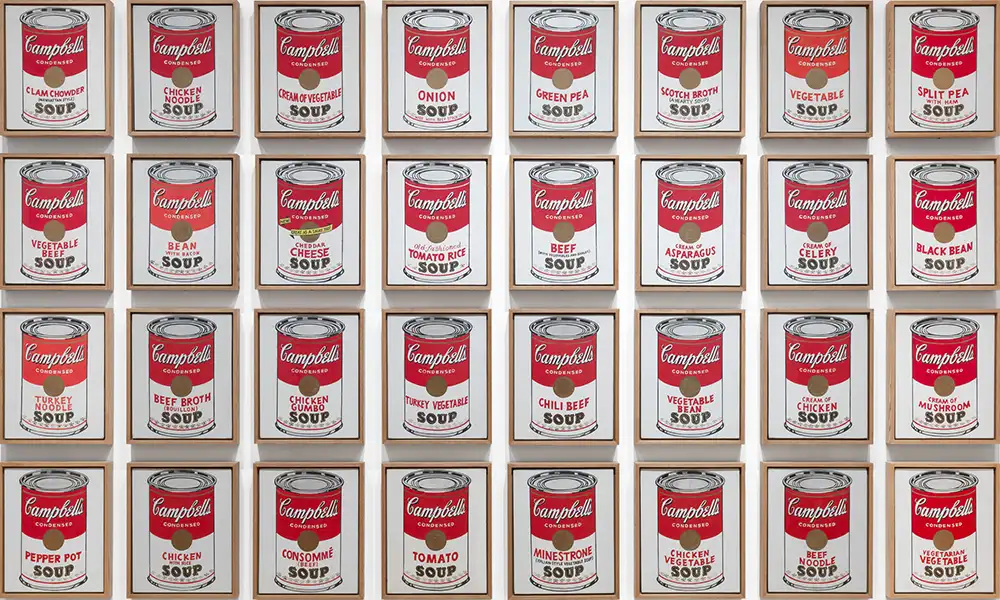
Andy Warhol (1962)
Repetitive soup cans critiquing consumerism.
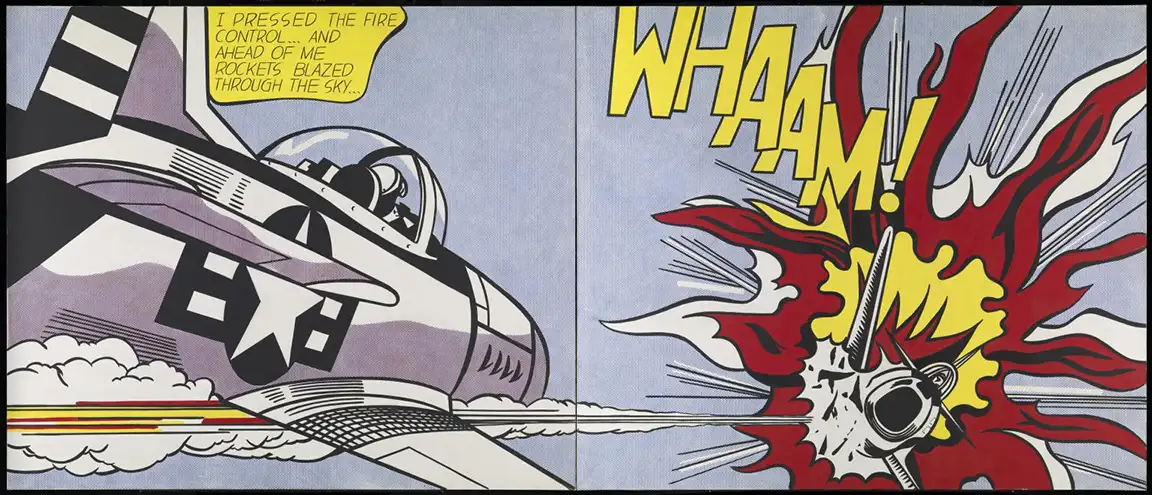
Roy Lichtenstein (1963)
Comic-strip explosion celebrating pop culture irony.
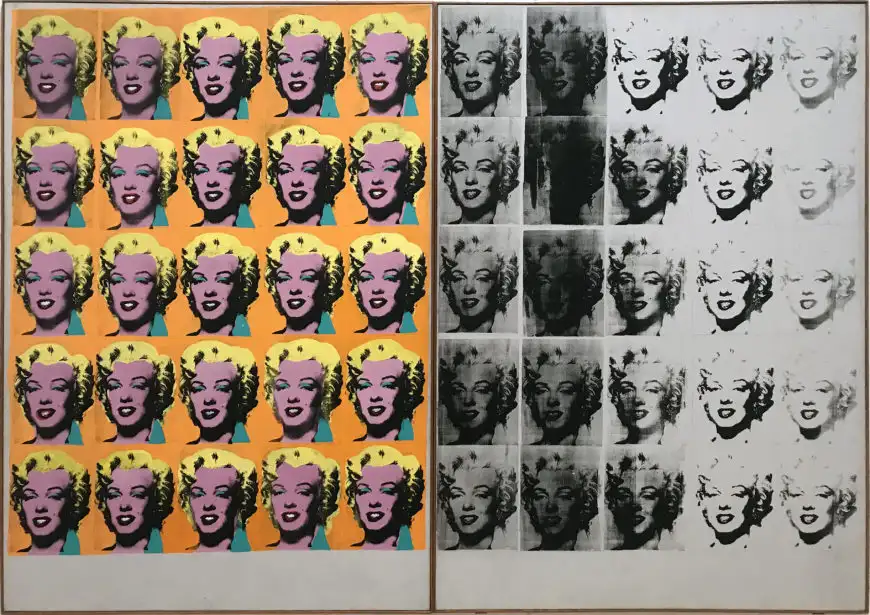
Andy Warhol (1962)
Repeating Monroe portraits dissecting celebrity.
Baroque is a highly ornate and extravagant style of art, architecture, and music that emerged in Europe in the early 17th century, characterized by dramatic expression, intricate details, and a sense of movement.
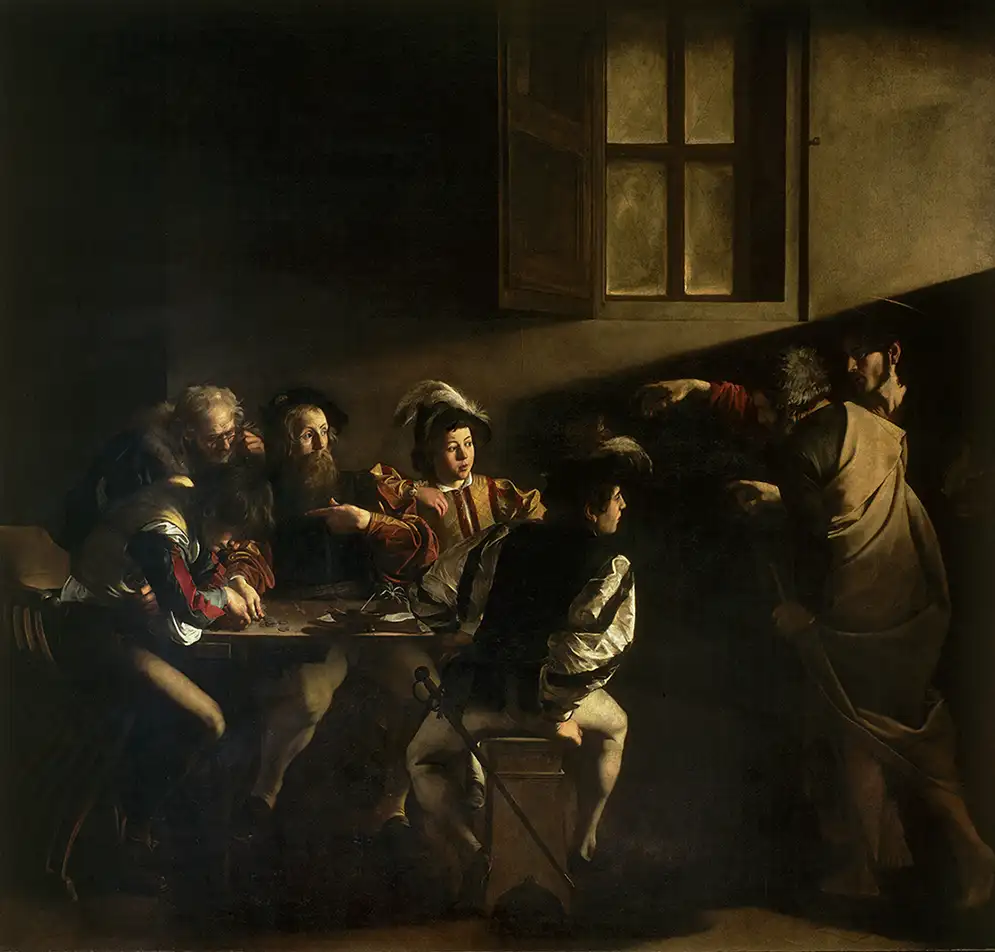
Caravaggio (1599)
Dramatic chiaroscuro merging divine intervention with realism.
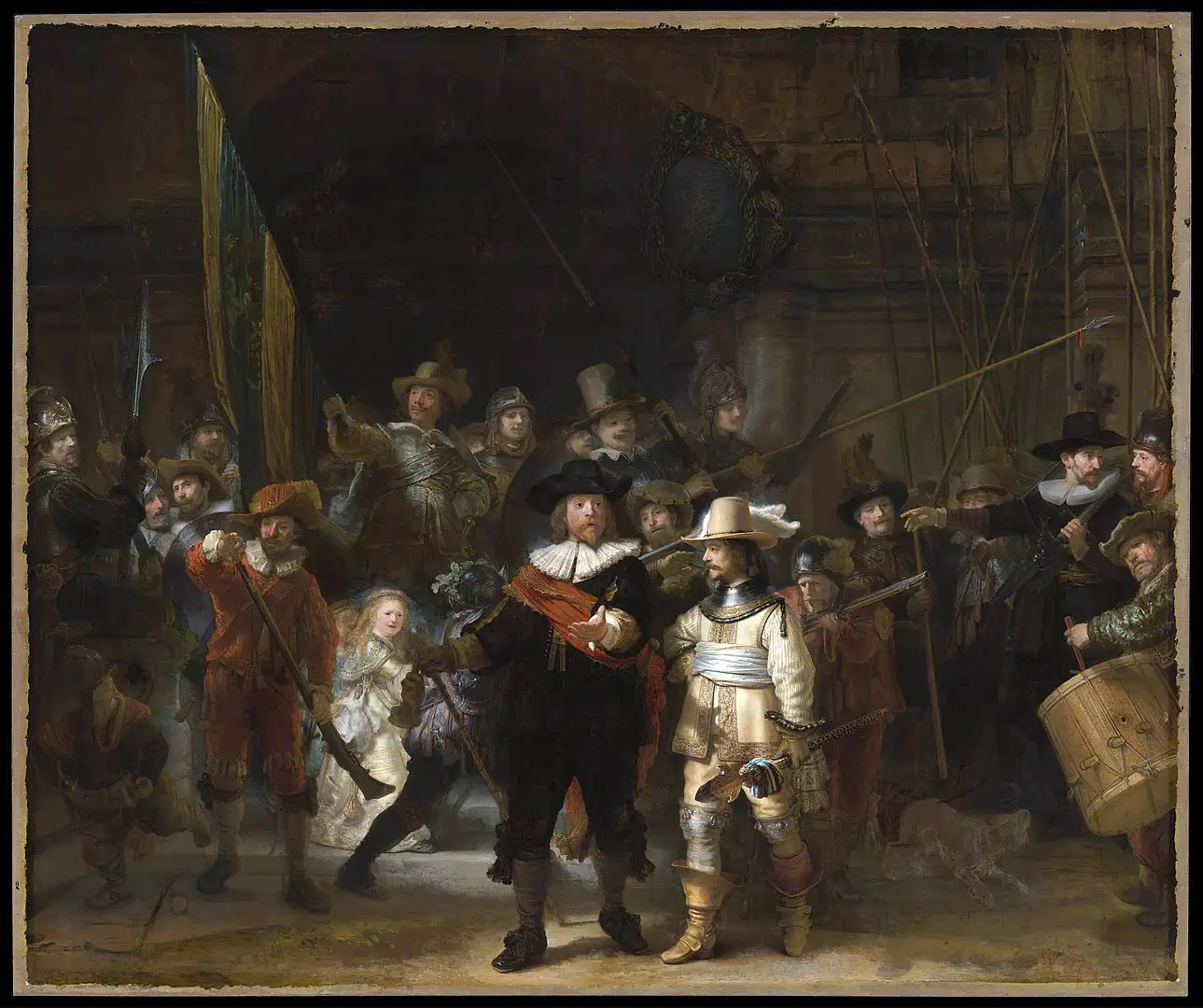
Rembrandt (1642)
Dynamic militia portrait with light-shadow interplay.
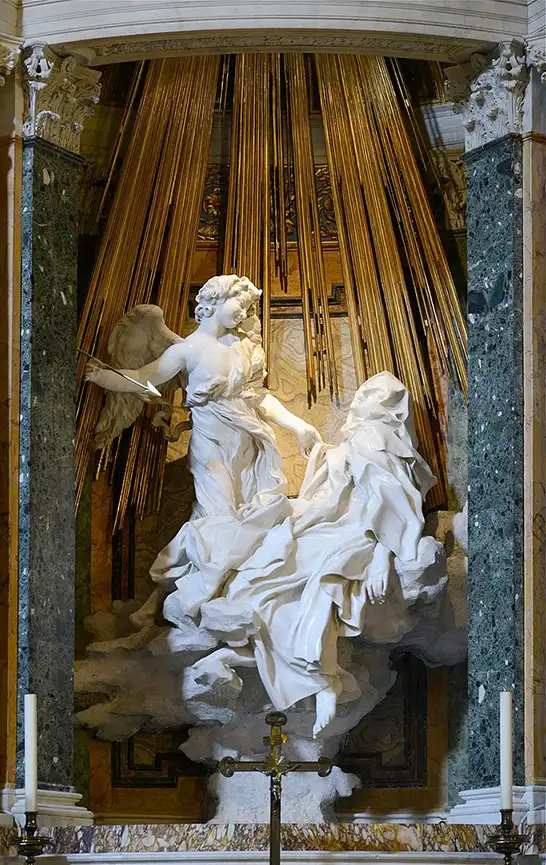
Gian Lorenzo Bernini (1652)
Sculpture capturing mystical transcendence.
Contemporary art is a dynamic and diverse field that reflects current cultural, social, and political contexts, often challenging traditional boundaries and embracing new mediums, technologies, and ideas.
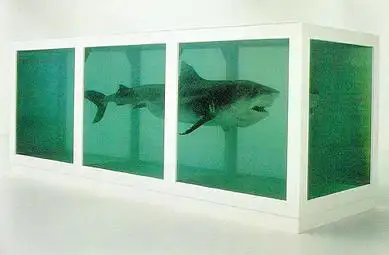
Damien Hirst (1991)
Shark in formaldehyde challenging mortality.
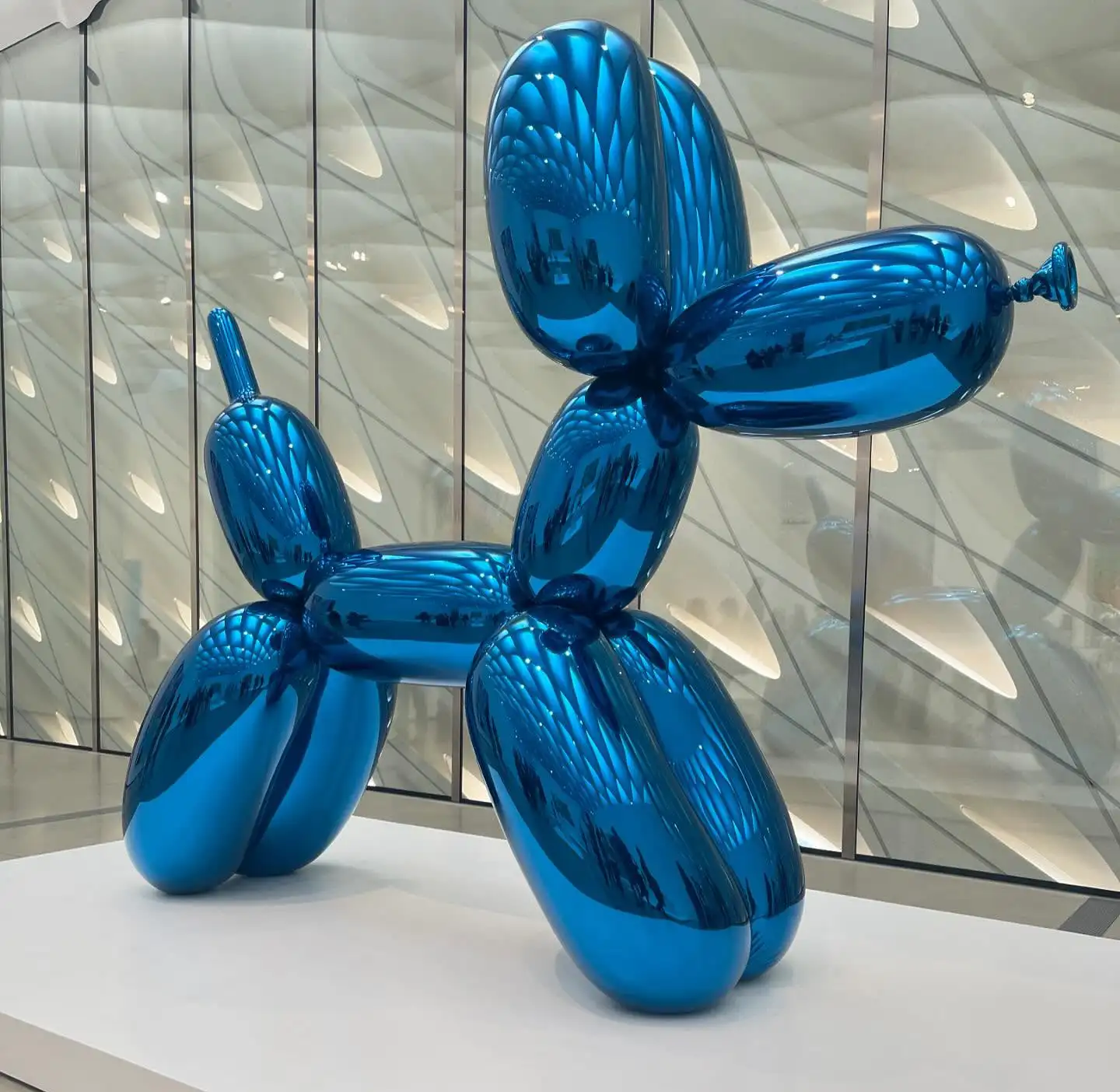
Jeff Koons (1994)
Gigantic mirrored sculpture critiquing kitsch.
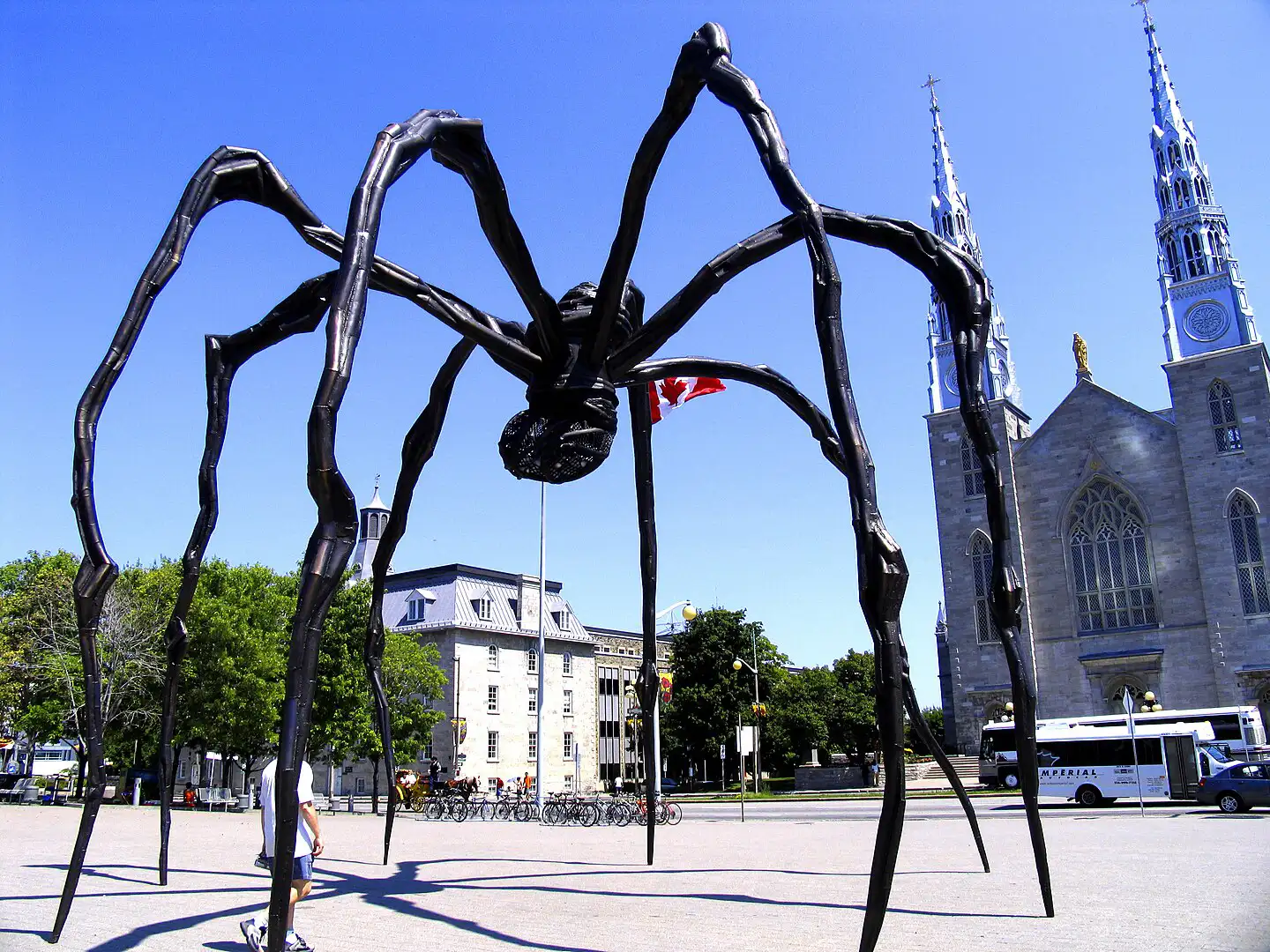
Louise Bourgeois (1999)
Towering spider symbolizing maternal protection.